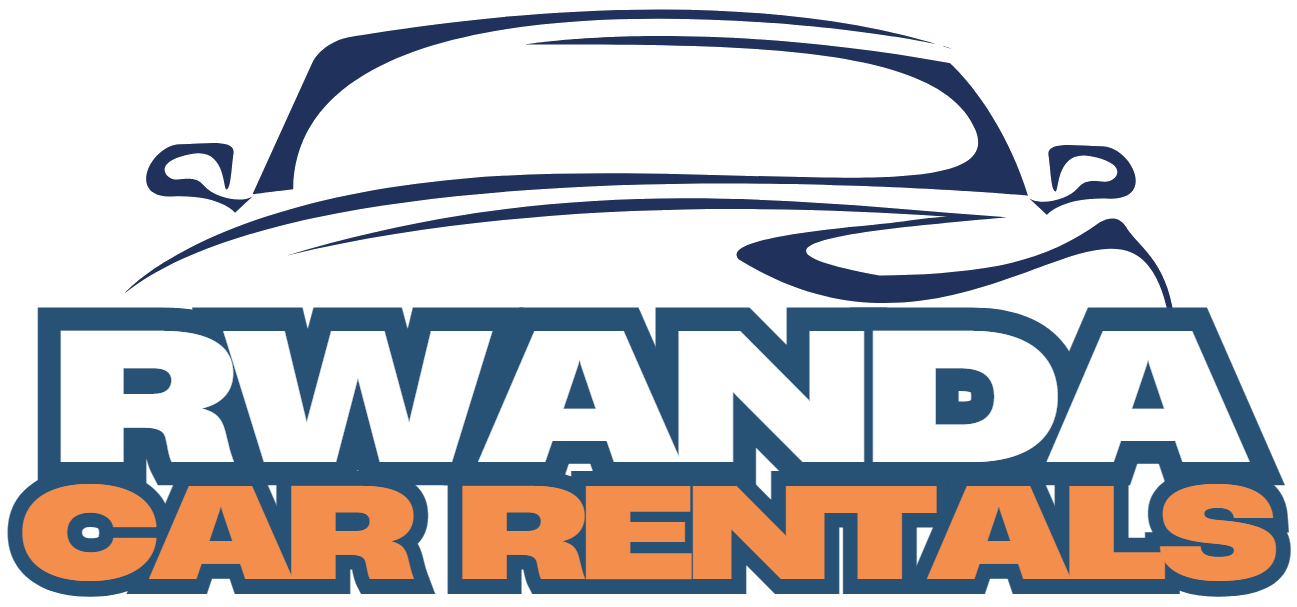Driving in Rwanda offers a unique experience with its well-maintained roads, breathtaking landscapes, and an efficient road network. Whether you are a resident or a visitor, understanding the traffic laws, challenges, and best practices of driving in Rwanda is crucial for a safe and enjoyable experience.
Rwanda follows right-hand driving, meaning vehicles drive on the right side of the road with overtaking on the left. It is important to stay in your lane, especially when navigating through busy city streets or winding mountain roads. The speed limits are strictly enforced, with 40 km/h in urban areas, 60 km/h in suburban areas, and 80 km/h on highways. Speed cameras are widely used, and exceeding the speed limit can result in heavy fines or penalties. Road signs follow international standards, making them easy for foreigners to understand.
To drive in Rwanda, you need a valid driver’s license. Foreign drivers can use an International Driving Permit (IDP) along with their home country’s license. However, those planning to stay long-term may need to convert their foreign license into a Rwandan driver’s license. Seat belts are mandatory for all passengers, and using a mobile phone while driving is prohibited unless using a hands-free device. Drunk driving is strictly prohibited, with a legal blood alcohol limit of 0.08%. All vehicles must be in good mechanical condition, and regular inspections are required. The Rwanda National Police frequently conduct random vehicle checks, especially in Kigali.
Rwanda boasts some of the best road networks in Africa. The main highways and roads in major cities like Kigali, Musanze, and Huye are well-paved and maintained. However, in rural areas, especially in national parks or mountainous regions, roads can be unpaved or rough, requiring a 4×4 vehicle for safe navigation. Traffic in Kigali is generally manageable, but peak hours can cause congestion, particularly in downtown areas and near major markets. Rush hours typically occur between 7:00 AM – 9:00 AM in the morning and 5:00 PM – 7:00 PM in the evening. To avoid heavy traffic, consider using alternative routes or traveling during off-peak hours. Fuel stations are readily available in urban areas, but they may be scarce in remote regions. It is recommended to fill up your tank before embarking on long trips, especially when traveling to Nyungwe Forest, Akagera National Park, or Lake Kivu.
Motorcycles, known as moto-taxis, are widely used for public transport in Rwanda. They often weave through traffic, so drivers should always check blind spots and mirrors before changing lanes or turning. Pedestrian crossings are common, and drivers are required to yield to pedestrians at designated crossings. In busy areas like Kigali, pedestrians may cross unexpectedly, so extra caution is necessary. Night driving in Rwanda is not recommended, especially in rural areas. Some roads may be poorly lit, and unexpected obstacles like animals or slow-moving vehicles without proper lighting can be hazardous.
Police checkpoints are frequent, especially at city entry and exit points. Drivers should carry a valid driver’s license, vehicle registration documents, insurance papers, and a reflective triangle and fire extinguisher, as required by law. In case of an emergency, you can contact the Rwanda National Police at 112 or roadside assistance services for help.
For tourists and visitors, car rental services are widely available in Kigali and major towns. Rental options include standard sedans, SUVs, and 4×4 vehicles for off-road adventures. Rental prices vary based on vehicle type and duration, with sedans costing between $40 – $60 per day, 4×4 SUVs ranging from $80 – $120 per day, and safari vehicles priced between $150 – $200 per day. Most rental agencies require a deposit and may include insurance coverage in their pricing. While self-driving is common, some visitors prefer hiring a chauffeur for convenience and local expertise, especially for safaris or long-distance travel.
Driving in Rwanda is a great way to explore the country’s natural beauty, vibrant cities, and cultural sites. Some of the most popular driving routes include Kigali to Akagera National Park, a 120 km journey that takes approximately 2.5 hours, Kigali to Volcanoes National Park, a 105 km route requiring around 2 hours, and Kigali to Nyungwe Forest National Park, which covers 225 km and takes about 5-6 hours. Additionally, the scenic drive from Kigali to Lake Kivu in Gisenyi, which spans 160 km and takes approximately 3.5 hours, offers breathtaking views.
With well-maintained roads, strict traffic laws, and efficient police presence, Rwanda is one of the safest places to drive in Africa. Whether you are a tourist on a road trip, a business traveler, or a local commuter, understanding the driving laws, road conditions, and best practices will ensure a smooth and enjoyable journey. By following these guidelines, you can experience Rwanda’s incredible landscapes and destinations with confidence and ease.
